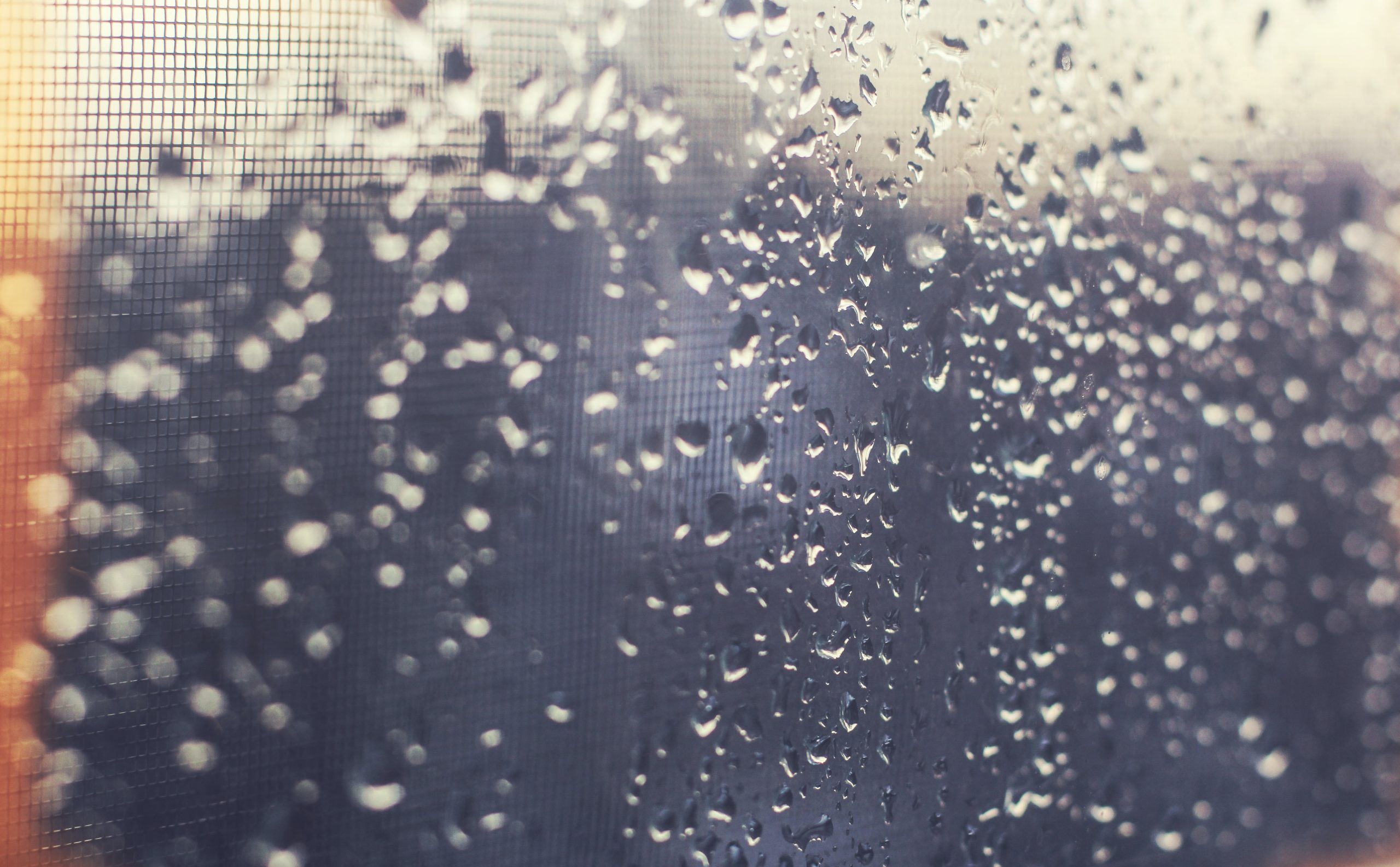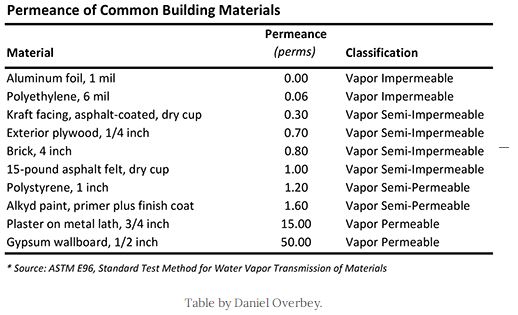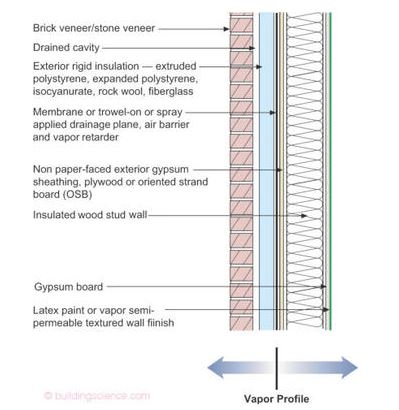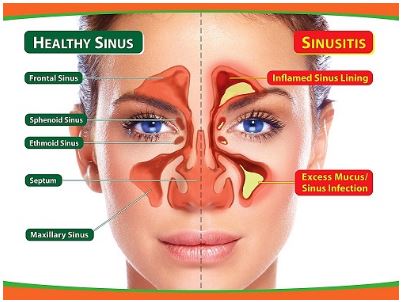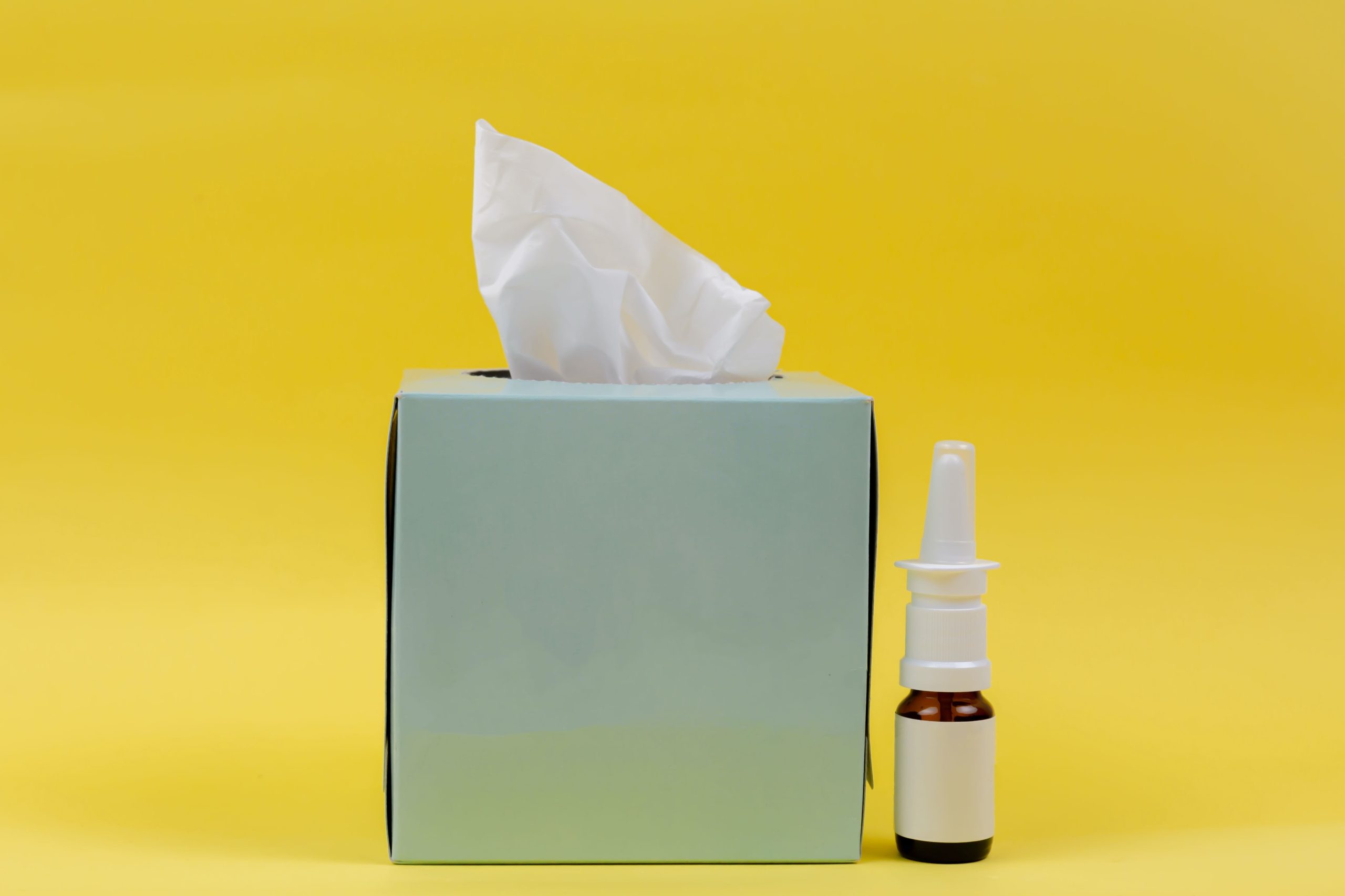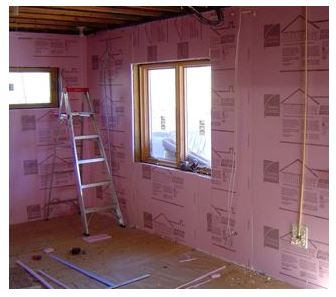How to enjoy winter
How to enjoy winter
Whether or not you enjoy winter, there are ways you can enjoy it more. It calls for identifying some potential drawbacks, and transforming them into advantages. Some potential cons of the winter are less daylight, more clothing, less time outside, colds and flu, and staying at home when inclement weather hits. These don’t have to be dampers on the season: here’s how.
Less Daylight. When the sun goes down at 5pm or earlier, our bodies tend to say, “Yay, it’s time to sleep!” but there’s still plenty of time left in the day. Apparently, less sunlight really does affect our circadian rhythm and may cause us to feel groggy or fatigued during the day. Also, because our bodies use sunlight to manufacture vitamin D, and vitamin D is a hormone, less of this vitamin has a tremendous impact on mood, energy level and immune function. Here are some ways to keep your energy levels high even after the sun goes down:
Bright light helps to energize us by telling your brain to stop producing melatonin, a sleep hormone. If you want to get really technical, blue light does that best, while lights that are amber and reddish don’t provide much “wake-up” at all. In our previous post, we describe how sunlight actually wakes and puts us to bed with different wavelengths as the light is filtered differently through our atmosphere at different times of day. You can do this inside (artificial light)with programmable light bulbs in your home like the Wyze Color Bulb ($16) or Light Engines ($289-349) which can help your body track the natural sun or reprogram for travel. In any case, when you want to stay awake, break out those cool blue light bulbs (also called daylight and cool white), and head toward the warm white bulbs when you’re ready to sleep.
Get tested for your vitamin D levels. Women are especially susceptible to deficiency in this vitamin, which can lead to lower bone density, fatigue and susceptibility to disease (immune problems). Your doctor can help you select the right vitamin D supplement to recover.
More clothing: If you prefer to walk around in shorts, winter could put a cramp in your style, but layers can extend many different styles. When the weather is blah, brighten up your mood with your wardrobe! Here are some cases in point:
Leggings got you covered whether you wear a summer dress or shorts over them.
Socks come uber-stylish in patterns and colors, and showing them off is cool. Unique socks make great gifts too!
Sweater vests add warmth to your core.
Try a different kind of hat, in a different color, than what you would normally wear–like a bucket hat, turban or tam.
Lighter layers even help you to pack less clothing when you travel, because you can mix and match them compared to more bulky items.
Think about it: insulation in the home is about sandwiching air in cavities. Several light layers usually cause active people to be more comfortable and sweat less. They also do a better job to allow movement and coverage–a gap here or there is covered by another layer, or adds “ventilation”.
Less time outside: says who? If you’re limiting time outside, it’s only because you haven’t found the right sport or way to dress for it. There are proven benefits to spending more time outside during the winter: it increases the basal metabolic rate, which helps the body burn more calories. (insidehook.com) Here are some suggestions:
Firepits and outdoor heaters
Hot tubs
String lights
Backyard gatherings with friendly competitions and hot chocolate
If you live in snow: snowshoeing, cross-country-skiing
Biking
Birdwatching
Polar bear dips
Repeat after me: colds and flu do not have to be part of my winter! Contrary to advice during our upbringing, people experiencing cold temperatures are no more likely to get sick than those who are in a warm environment. The increase in colds and flu at this time of year is most likely because cold, dry conditions are ideal for transmitting these viruses. The virus is more stable and is able to stay in the air for longer when it’s cold and dry. (signaturemd.com)
If the indoor air is dry, you can add humidity to it in your own home by using a humidifier. Dr. Jeffrey Banyas is an ear, nose and throat surgeon in Pennsylvania. He advises that about 40% relative humidity is ideal to prevent infections, because it reduces the chances of virus remaining airborne, and it helps the body’s natural defenses. “The nose and sinuses are lined with a mucous membrane that has within it small hairs called cilia,” Banyas explained. “These cilia beat rhythmically to sweep the sinuses clean.” Banyas said when the mucus is thin, the cilia work much more efficiently. However, dryness impedes them.
“When the membranes dry out, not only do the cilia not work as well, but any trapped infectious mucus, pus, or debris is thicker and harder for the cilia to remove.” (Pennsylvania newspaper)
Especially if you are out and about, be sure to drink plenty of water and use a saline nasal spray or gel to keep nasal passages moist.
Cold air is a problem for asthma sufferers because it causes air passageways to constrict when breathing it in. In this case, it’s best to dress warmly and place a scarf or covering over your mouth to help warm the air before it enters your body. In the case of those with heart disease, cold temperatures stress the cardiovascular system and cause your blood vessels to constrict, shallow breathing, and a slight thickening of the blood. (signaturemd.com) Yes, strenuous outdoor activities like shoveling snow can cause heart attacks, so if heart disease is a concern, it’s best to get help with chores outside!
There is moderate evidence to suggest that vitamin C, D and zinc help with colds. Vitamin C helps in the formation and function of immune cells, but here’s the thing: they don’t do much if you only start taking them after you get sick. According to a 2013 Cochrane meta-analysis of human studies, people who take vitamin C regularly can expect shorter colds (by 8% in adults and 14% in children) with slightly less severe symptoms. Also, athletes who take vitamin C regularly are about half as likely to catch a cold as those who don’t. The recommended daily dose of vitamin C is 75 milligrams (mg) a day for women and 90 mg a day for men. (mayoclinic.org)
Vitamin D is involved in many cellular processes, including the regulation of immune cells during infections. Deficiences of vitamin D are associated with increased upper respiratory tract (URT) infections. (signaturemd.com). Because one way of getting vitamin D, through exposure to sunlight on your skin, is limited during the winter months, supplements can help. You don’t need to take a large dose of vitamin D daily to get its benefits. The recommended daily amount of vitamin D is 400 international units (IU) for children up to age 12 months, 600 IU for people ages 1 to 70 years, and 800 IU for people over 70 years. (webmd.com)
Zinc keeps the immune system strong, helps heal wounds, and supports normal growth. Some studies have found that zinc lozenges may reduce the duration of cold, perhaps by a day or so, and may reduce the number of upper respiratory infections. The recommended dosage of zinc is 8 mg/day for women and 11 mg/day for men (webmd.com)
Knowing that your body reacts differently to cold air and it can harbor harmful viruses, taking care of your body needs to be an everyday routine. Make sure to get the rest you need, hydrate your body and the air, and take supplements that will support your immune system before you encounter germs, to have your best winter yet!
Photo by freestocks on Unsplash




